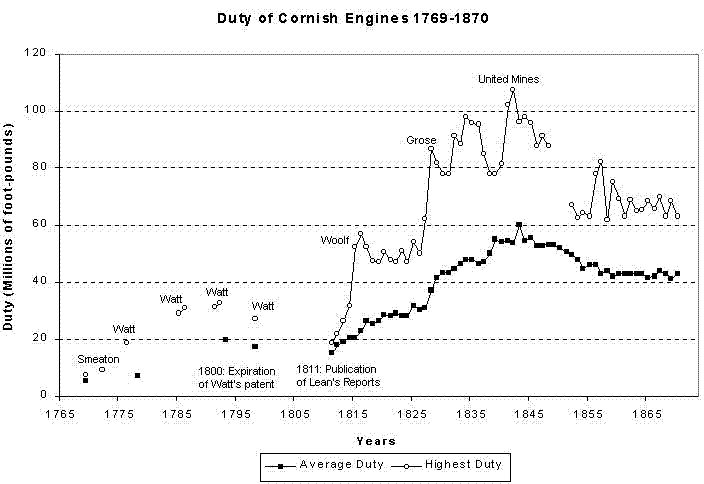Cornish Steam Engine
Jump to navigation
Jump to search
- Open innovation at the beginning of time: http://www3.sympatico.ca/karasik/counter_example_to_s_curve.html
- http://www.fee.org/the_freeman/detail/do-patents-encourage-or-hinder-innovation-the-case-of-the-steam-engine/#axzz2OwkGZN4f
- On publishing: This situation lasted until 1811, when a group of mine captains decided to begin the publication of a monthly journal reporting the relevant technical characteristics, the operating procedures, and the performance of each engine. Their explicit intention was twofold. First, the publication of the reports permitted the rapid individuation and diffusion of best-practice techniques. Second, it introduced a climate of competition among the engineers entrusted with the different pumping engines, with favorable effects on the rate of technical progress. Joel Lean, a highly respected mine captain, was appointed as the first engine reporter. The journal would later be called Lean’s Engine Reporter. During the 31 years after 1811 this collaborative competitive effort at innovation raised duty by more than the great “breakthrough” of Watt ever did.
Compelling Notes
- From 1786 to 1800, a period of monopoly on the steam engine was essentially complete as Watt actively prevented others from developing improvements. As a result, there was 0 gain in the efficiency of steam engines in that period
- Expiry of Watt patent in 1800 - financial relief from not paying premiums on steam engines due to the patent
- 3.5 years it took Watt to patent were rewarded with
